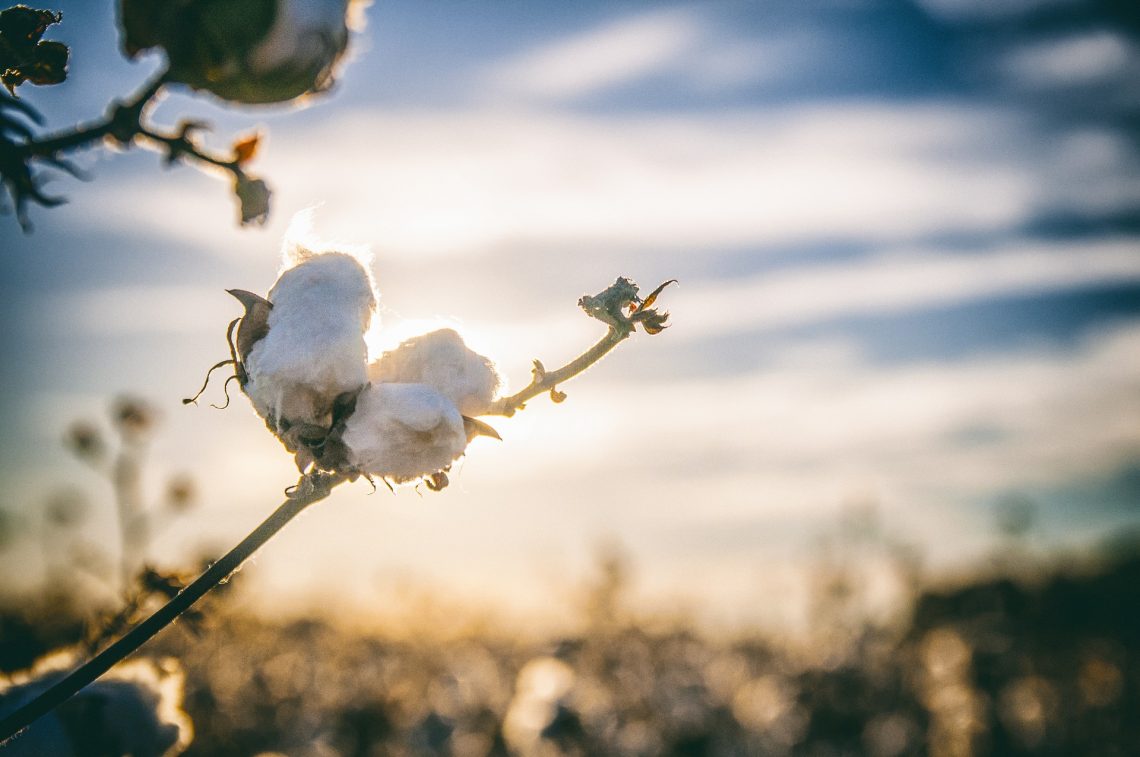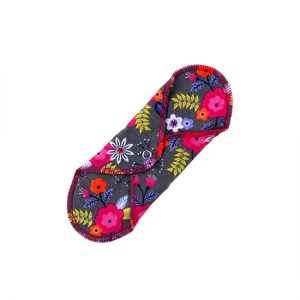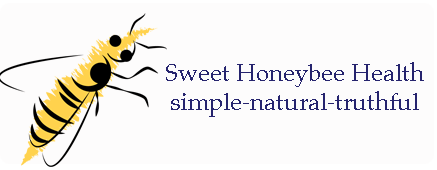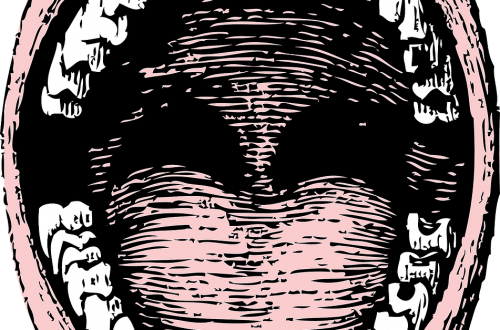
It’s not just cotton anymore
So, I’ve talked about this topic a few times before and I think it’s important to keep the conversation going. As we continue our natural health journey or just start one, it’s important to know what exactly we are putting in our bodies and this doesn’t just include foods.
Have you ever really thought about what goes into making a tampon? It’s just cotton, right? Wrong.
There are not only cottons, but there could be plastics, chemicals like dioxine (which is an endocrine and reproductive disruptor), pesticides, GMO’s and other chemicals. These chemicals are thought to be necessary for the growing and harvesting process of the cotton used, but as more research is done, its showing this just isn’t the case.
Even 100% cotton tampons can have trace amounts of one or some of these chemicals and the FDA said these trace amounts will not likely cause any health risks, but why would I want to take that risk? The FDA is a great thing, without it we wouldn’t have the safety standards on so many things that we need to know the facts about, but even a very small risk is still a risk. They can’t say for sure that it doesn’t hurt us. Okay, maybe using one tampon for one day of my life wouldn’t hurt me, but I haven used them since I was 13 and I am 40 now. Looking back over all the tampons in my life and not having the information then that I have now, sure makes me wonder if I was absorbing those chemicals all this time. So, what are the chemicals in tampons?
- Dioxin is the by-product of making wood pulp into rayon. I am sure you’ve heard of rayon or at least read it on a few clothing tags. Rayon is a strong fiber that is silky and soft and survives washing and wearing, thus holding up over a long period of time. While it may not be a big deal that it’s in our clothes, it’s a big deal that it’s in our bodies.
- Chlorine is another ingredient. Yep, chlorine. This is typically used to bleach the cotton so it’s that beautiful white we are all used to, but it’s not even necessary to produce tampons. Plus, chlorine is a caustic substance. This means it’s a skin irritant, among other possible negative side effects.
- BPA. BPA is the chemical that I am sure you are aware of. We all see “BPA free” on plastic containers or water bottles and it’s because it’s been linked to causing cancer. The plastic applicator can leach BPA into the tampons and when inserted, then into our system. If you would go BPA free for most other plastics, why not do the same for your tampons?
- Fragrance. Here’s the deal on fragrance and I will tell you my personal experience on this. TMI warning! So, as a teen, I was absolutely petrified of that smell. I was so afraid everyone could smell when I was on my period, so I always got the scented products, although I always felt like it didn’t really do any good. It actually kind of made the smell worse. I never really understood it until I got older and did more reading into my monthly products. Fragrance is a red flag term for synthetic. A fragrance is meant to enhance a product or cover up another smell, not eliminating it. When tampons are used that are scented, it’s not only introducing chemicals into the body, but it’s just covering up any smell you think you have during your period. Imagine soaking a tampon in some perfume and then using it. Would you do that? Well, that’s kind of what’s happening when you use a tampon.
- Pesticides. These occur in non-organic tampons. Pesticides help the growing process because bugs are repelled to get on the plant, but these pesticides are then on the plants, which then is in the end product.
I know it all seems simple and factual, but I think it’s important to keep in mind that if you are checking your food labels and plastics labels, you should be checking your tampon box labels too.
Another scary fact is that some tampon companies aren’t required to list every ingredient they use to make their tampons. So there could be chemicals hiding in there that aren’t even listed on the box.
Now, that I have scared or grossed you out, don’t fret! Here’s a check list of what to look for when buying tampons and other monthly products so that you know you are getting a safe product.
- Look for 100% organic cotton. There are also other safer materials like organic hemp.
- Use a fragrance free product.
- Consider a washable pad like Party Pants Pads or Glad Rags. Not only are these extremely cost saving, but they are better for the environment and actually really comfortable and effective. Both companies offer a free pad for new accounts and both give back to those women in need who need period products.
- Look for a company who has done it’s research and has a mission to promote health.
- Plastic. If you prefer a plastic applicator, make sure the company you choose uses a BPA free plastic.
My picks:
- Lola. Lola provides 100% organic cotton tampons and pads through a subscription service. They have customizable boxes and they give back to women who can’t afford monthly products. These are the most comfortable tampons I have found that are in the natural category. No sliding. No leaks. No smell. They also have a promotion where you can get two boxes for the price of one. Click to experience Lola and see what you think!
- Party Pants Pads . and Glad Rags I’ve done a previous review on them and I still think they are amazing. I was hesitant at first with washable pads, but I found out that they are super comfortable, virtually leak-free, no odor, easy to wash, not gross at all, and I have actually experienced less monthly symptoms than when I wasn’t using them as a teen.


- The Diva Cup. Now, I have never used a diva cup, but I want to mention it here because I know quite a few women who have used it and are using it and absolutely love it. This little item is a safe, silicone cup that catches your menstrual blood for up to 12 hours of leak-free use. Don’t click away yet, Diva Cup has covered all your questions on using this product. This is a sustainable, eco-friendly and healthier option than traditional tampons.

I really encourage you to do some research into your monthly products and consider trying one of these companies. I have used Lola, Party Pants Pads, Glad Rags and heard great things about Diva Cup. Not just the products, but the companies too. It’s important that we don’t take for granted the fact that many of us can just stop by the drug store and get what we need, but not every woman has this option. Sometimes women have to choose between feeding their family and their monthly products and this is another reason I love these companies. They give back! You can find a lot of great companies at places like Thrive Market, Grove Collaborative and even Target is carrying a few organic brands, so while you are looking for your monthly products, take a look at the ones that maybe you aren’t super familiar with. Read the labels, go to their websites, read articles about what is in your tampons and pads and consider what those ingredients may be doing to your body. I don’t say all this to scare you, but to inform you and help you know what to look for so you can start and continue your natural health journey without stressing out!
I would love to hear your thoughts! Contact me below or add a comment and start the conversation!
This page may contain affiliate links. Not all companies or products are one that I am affiliated with, but as always, I believe in promoting products I love and personally use. Clicking on the links may earn me a small commission at no additional cost to you. Affiliate links help me keep the blog going and allow me to do some product reviews.
https://www.huffingtonpost.com/dr-mercola/feminine-hygiene-products_b_3359581.html
Disclosure: This blog may contain affiliate links. If you make a purchase using one of these links, I may earn a small commission at no cost to you. All opinions are strictly my own and do not reflect the company or product I am reviewing.
Disclaimer: Sweet Honeybee Health and it’s owners are not medical professionals. Content on this website is intended for informational purposes only. I research and write on numerous health topics and companies. Do not use the information you find on this site as medical advice. You are encouraged to seek the advice of a medical professional prior to trying any health remedy, no matter how safe or risk-free it may claim to be.





